2014.01.09 13:53
WHERE IS THE DAMN EMOTION???
House for a Mood Ring Millionaire:
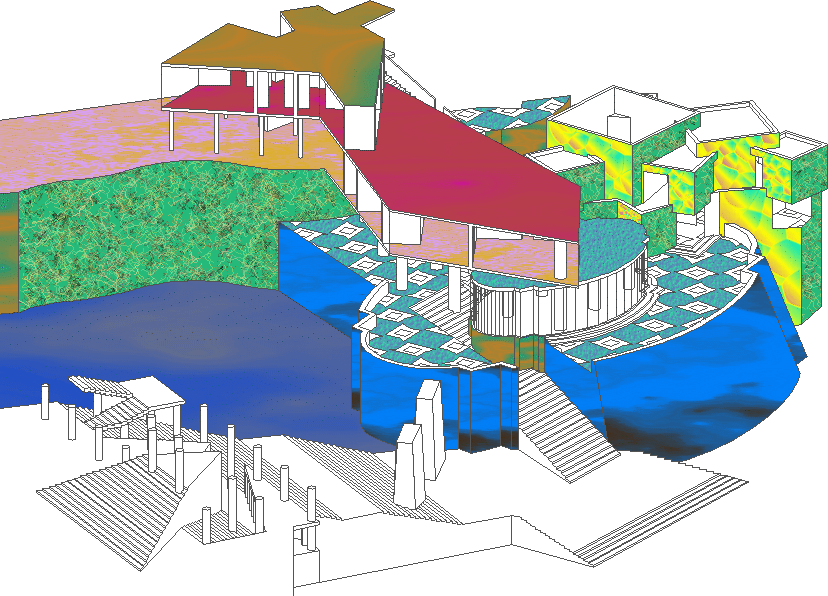
2014.01.09 14:06
WHERE IS THE DAMN EMOTION???
Does a presentation with emotion have any actual effect on the quality of the design?
2014.02.06 11:37
6 February
Coincidental reading just ten minutes ago:
"If, to a modern mind, the postmodern discourse represents the opening of perspectives that were previously unthinkable and, in the final analysis, mark the surpassing of a previously unsurpassable limit, then for the postmodern mind, the modern represents an entire universe of discourse it can dip into and draw upon with both hands, albeit conferring a radically different sense upon it."
Marco Biraghi, Project of Crisis: Manfredo Tafuri and Contemporary Architecture (2013), p. 183.
Coincidental because I just spent the last 24 hours compiling all the notes on Unthinking an Architecture.
Coincidental and apropos:
Headquarters of D.A.T.A.
Courthouse with Garage Plus Ultra
House of Shadows Bye
Gooding Trice House
Gooding Trice House
Mosque Q
Le Composites
Le Composites
2014.04.23 14:00
Philip Johnson Was a Nazi Propagandist
But there is definitely enough 'room' in cyberspace to build a museum for every atrocity.
2014.06.03 12:23
BIG U project wins in New York City
"In the future, all museums will be an advertisement."
14060101 collection of 'atypical' plans
14060102 collection of 'atypical' plans
14060103 collection of 'atypical' plans
2014.08.08 14:56
8 August


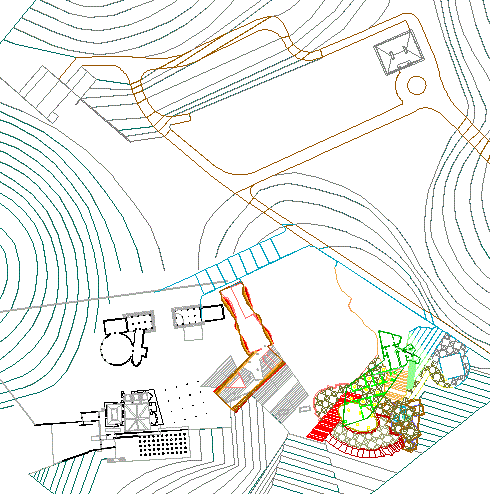
From parks to museums and then cemeteries: our travels through the scriptures of myth--travels in mythic topography--now makes landfall on the obscure shores of memory and oblivion par excellence. In the "beginnings," architectural works arose to be the dwellings of the gods and the dead. Now, while we are on the threshold of the embalmment of our environment and the paradoxical project for its total conservation, it may be of use to study the relation between the architectural work and the space of death. This reflection of ours could be fittingly prefaced by a quotation from Ernst Jünger's Second Parisian Diary: "Our attachment to museums corresponds, on a lower level, to the Egyptian cult of the dead. What for them was the mummy of the human image is with us the mummification of culture; and what for them was metaphysical Angst is for us historical Angst: not to see our magical expression dissolving in our growing lucidity--this is our concern."
...the fragment used to suggest the loss of a whole. Isn't this the meaning of that macabre practice which led to the heart of Voltaire being kept in the Bibliotheque Nationale in Paris, and his brain being sold by auction in 1875? The "part standing for the whole"--pars pro toto--is one of the commonest tropes in poetic language. It is termed synecdoche.
Fragments of a funerary discourse, Architecture as a work of mourning (1983)
Imitating the city (1982)
The city-catalogue
De Chirico portrayed the world as an archaeological repertoire, reassembling the fragments of reality like pieces in a museum that could be catalogued.
The materials he uses evoke mute symbols, organize the topoi of the dead city, where the subject disappears. Transform the city into a museum: this is the programme simulated by painting. To carry out this transformation, a set of precepts has to be followed:
- the parody of myth and memory, to be celebrated in ageless monuments,
- the dissipation and cataloguing of form in fragments that express the solitude of the object confronted with the whole,
- the replacement of signs by the implementation of an architecture of ideas, acting by contrasts of categories, by condensation of meanings, by assemblage, its purpose being to recreate the world in a willed archaeology.
This means that one does not create the museum on the basis of the true and the real, as after Cezanne, but the city on the basis of the museum, as after De Chirico. The city-simulacrum thus becomes a parody of form, an archaeological park, a cemetery of meanings, a ruin ...
But if the city and the landscape become a catalogue of stratified objects, one must also avoid emptying it - by the artificiality of the techniques of visual communication--of its dimension of the non-visible, namely the dimension of anguish.
...
A completely private world, New Canaan does not admit basic explanations apart from the autobiographical purpose which Johnson has poured so liberally into these buildings. What emerges is a remarkable museum of architecture. True, this is an architecture represented in keeping with the tastes of a single collector and conceived by a single designer - but in this "museum" the uncertainties, the rules violated, the baseless games, the extra-territorial nature of contemporary architectural languages, are ruthlessly listed, memorized and catalogued.
As a great admirer of Jünger, Hans Slemayer, states: "The world, for which the museum is becoming the most sacred theme, is already, by its essence, a world which sees everything in a historical perspective." Philip Johnson probably belongs to this world as well. For this reason he possesses a trait in common with Georg Fuchs. His collector's spirit reaches New Canaan, where it narrates synchronically the story of contemporary architectural uncertainties, arranging in the museum they give shape to, the traces of the interior of his own life as well.
The house of dreams and memories, Philip Johnson at New Canaan (1982)
| |
2014.08.13 16:56
Inspirational Images
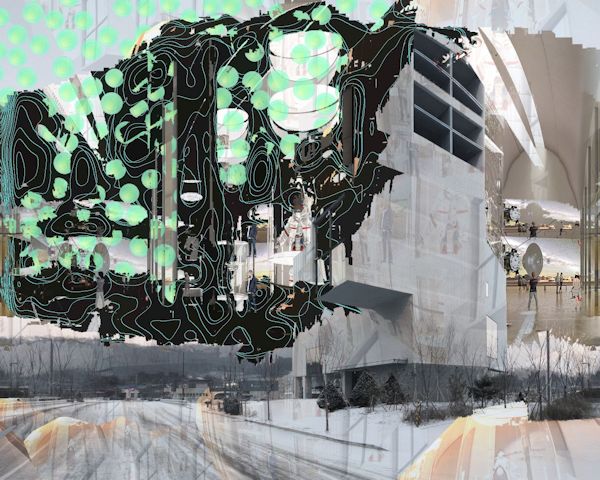
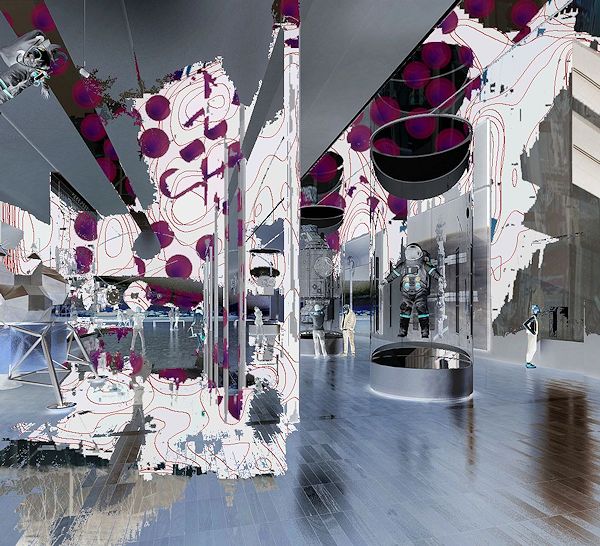
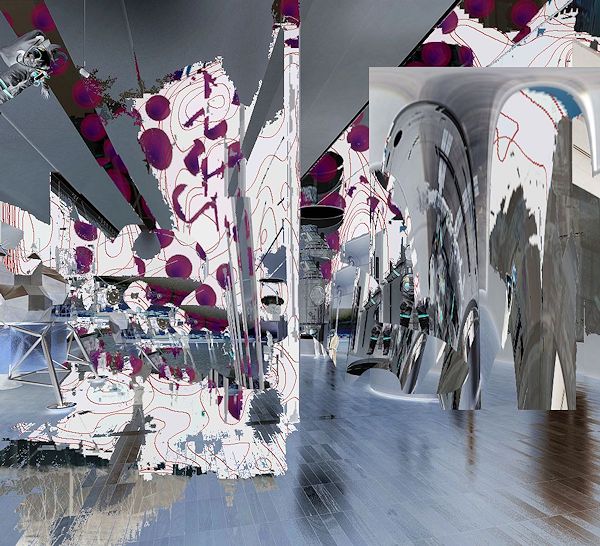
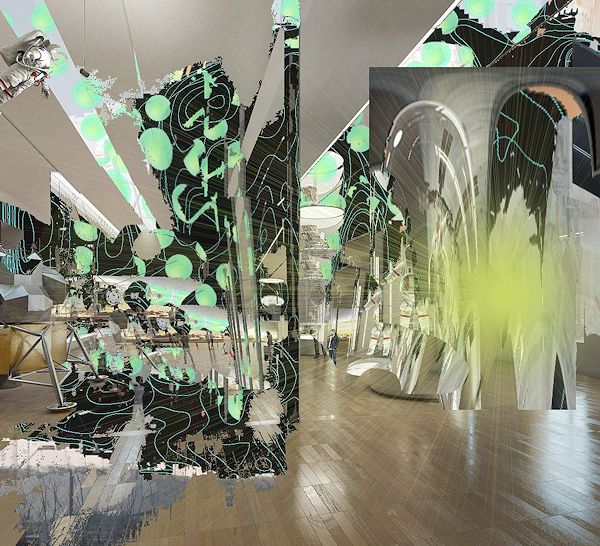
2014.08.13 17:07
Eisenhower memorial, politics as usual
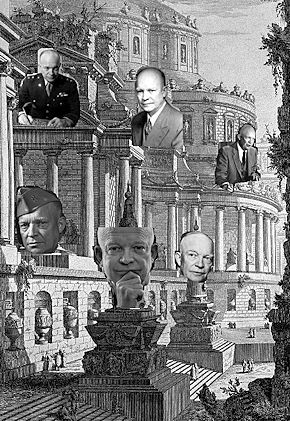
“monstrosity”
a novel take on memorialization
I vote
all of the above
2014.08.13 17:24
Inspirational Images
The notion of design happening in a vacuum inspired an image:
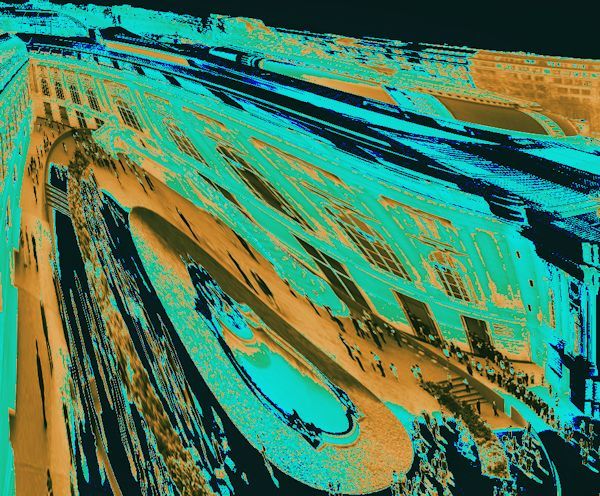
2014.08.21 15:48
Taking a Poll
...for me at least, the real value of an internet forum is that it can be a meander. I especially like to see anything internet as something other than what is available in the 'real' world. This may sound too abstract, but I feel what hurts this particular forum the most is any gesture that tries to impose some control over it...
2014.08.23 09:44
22 August
I might be getting Log 31 in the mail today. I ordered it at amazon almost two months ago, but for some reason they weren't able to restock it until recently. Thanks for the gesture anyway. Of course, the "focus on contemporary practitioners working openly with history" is of automatic interest to me--Quondam, as a virtual museum of architecture, is by default a contemporary 'practice' openly working with history. But, as Quondam (and its collection) developed, the notion of virtualizing an 'other' history of architecture also developed, and HQ of DATA (above) is a prime example of that. (Plus, there is the ongoing exploitation of the quickness and ease with which architectural graphic data can be manipulated via CAD--in the above case a 'to scale 'photo montage' in 3D'.) I just thought of another notion that might 'explain' some of the workings at Quondam: playing with history at the same scale.
Analogous Building, 1993
Parthenon columns at Villa Stein de Monzie, 1993
Broken Temple, 1993
14090703 museum collection plans
2014.09.12 13:54
How to read like an architect.
I never counted all my books, but it's a lot, kind of too much. What's weird now is what books I have more than one of:
SMLXL
Architectural Theory
Out of the Ordinary (one from the Free Library for 25 cents)
Adjusting Foundations
Pewter Wings, Golden Horns, Stone Veils
Lotus 19
Lotus 22
Letarouilly (two 1980s, one 1910s)
Buhlmann's Classic and Renaissance Architecture
Schinkel's Collection of Architectural Designs (both 1981 folio box edition size)
El Croquis MDRDV 1991-2002
Le Corbusier's Oeuvre Complete vol. 1
Le Corbusier's Oeuvre Complete vol. 8
Norberg-Schulz's Baroque Architecture (big)
Tafuri and De Feo's Modern Architecture/2 (small)
Architecture and Utopia
If I took apart all those 'extra' books and then rearrange them, that would be quite a new library of architecture books.
2014.10.12 10:46
11 October
The images (so far) are from the beginning plates of Durand's Precis and the 1975 a+u issue featuring the work of Hejduk. I was surprised by the similarity of the first plans featured in both publications:
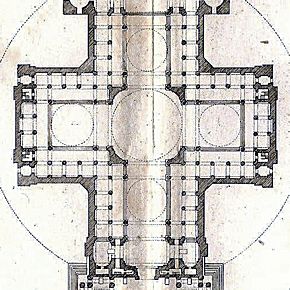 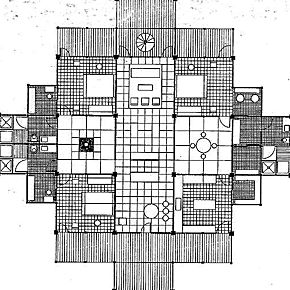
Pantheon, Paris [Texas] House 1
From there, images/details were chosen from following pages of each publication more or less in subsequent order, although more strictly following Durand than Hejduk. Mind you, only the thinnest layer of surface has been scratched in terms of Hejduk images available.
Regarding the 'elegance' of the images combined, I suspect the elegance is already within the images separately, and their combination is then fortunately synergistic. The 'collages' were generated by using one author's image as a "paint fill" applied to the other author's image--the results are more happy accidents than planned/intended outcomes. The same 'image paint fill' operation was often utilized throughout the generation of 2001's Quaestio Abstrusa Backgrounds.
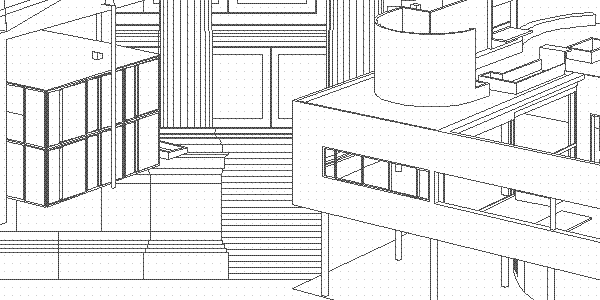 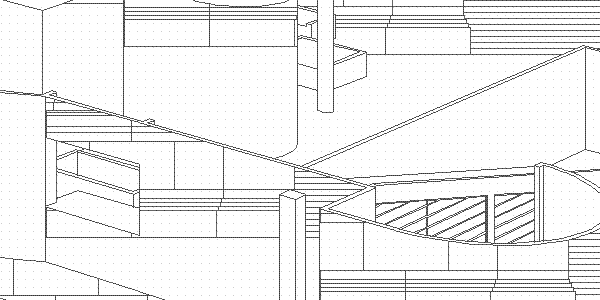
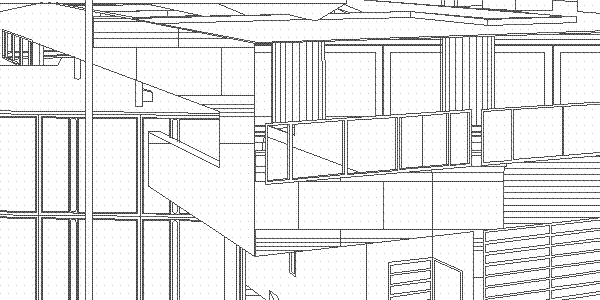 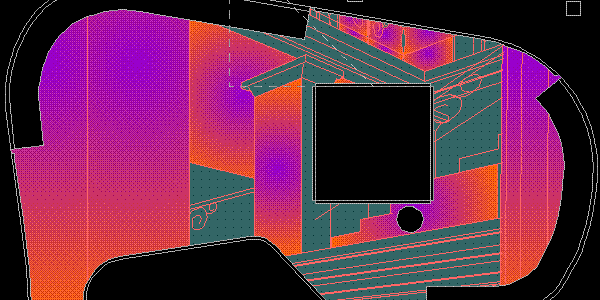 
|
















